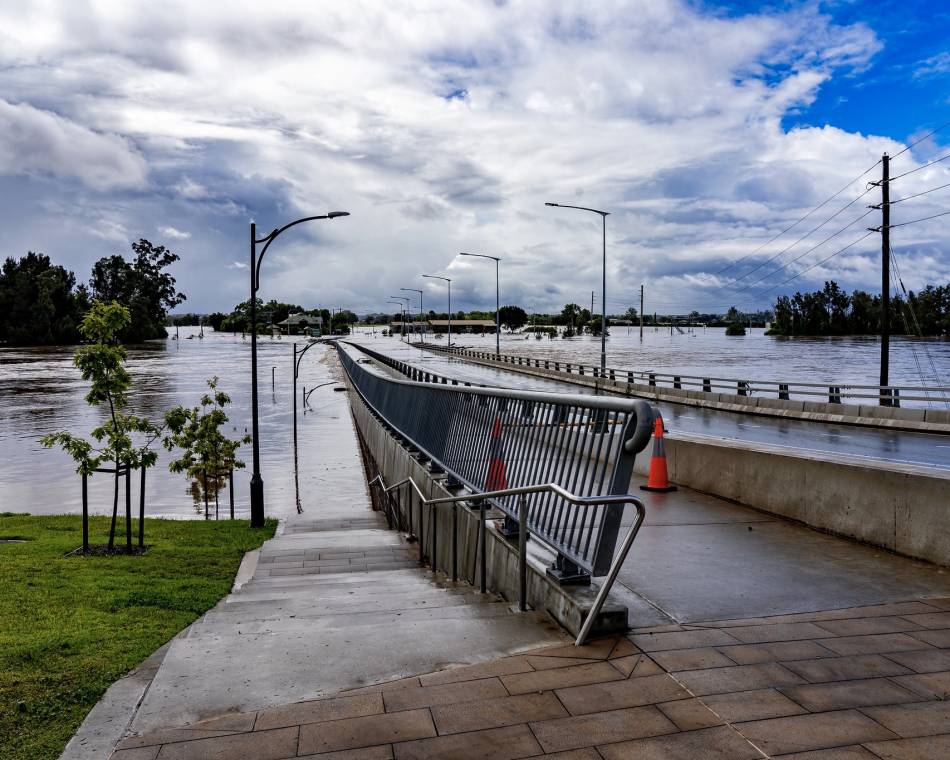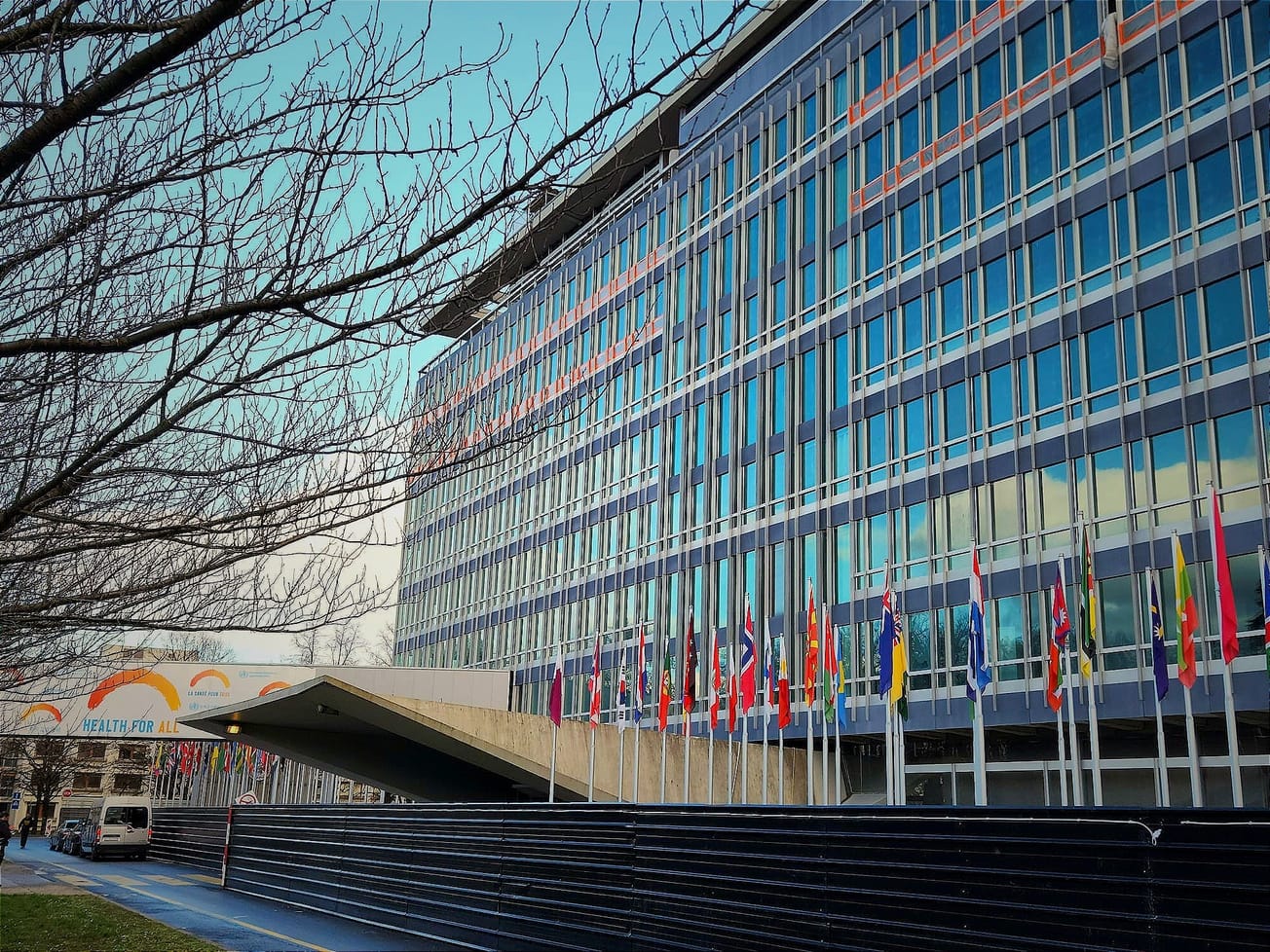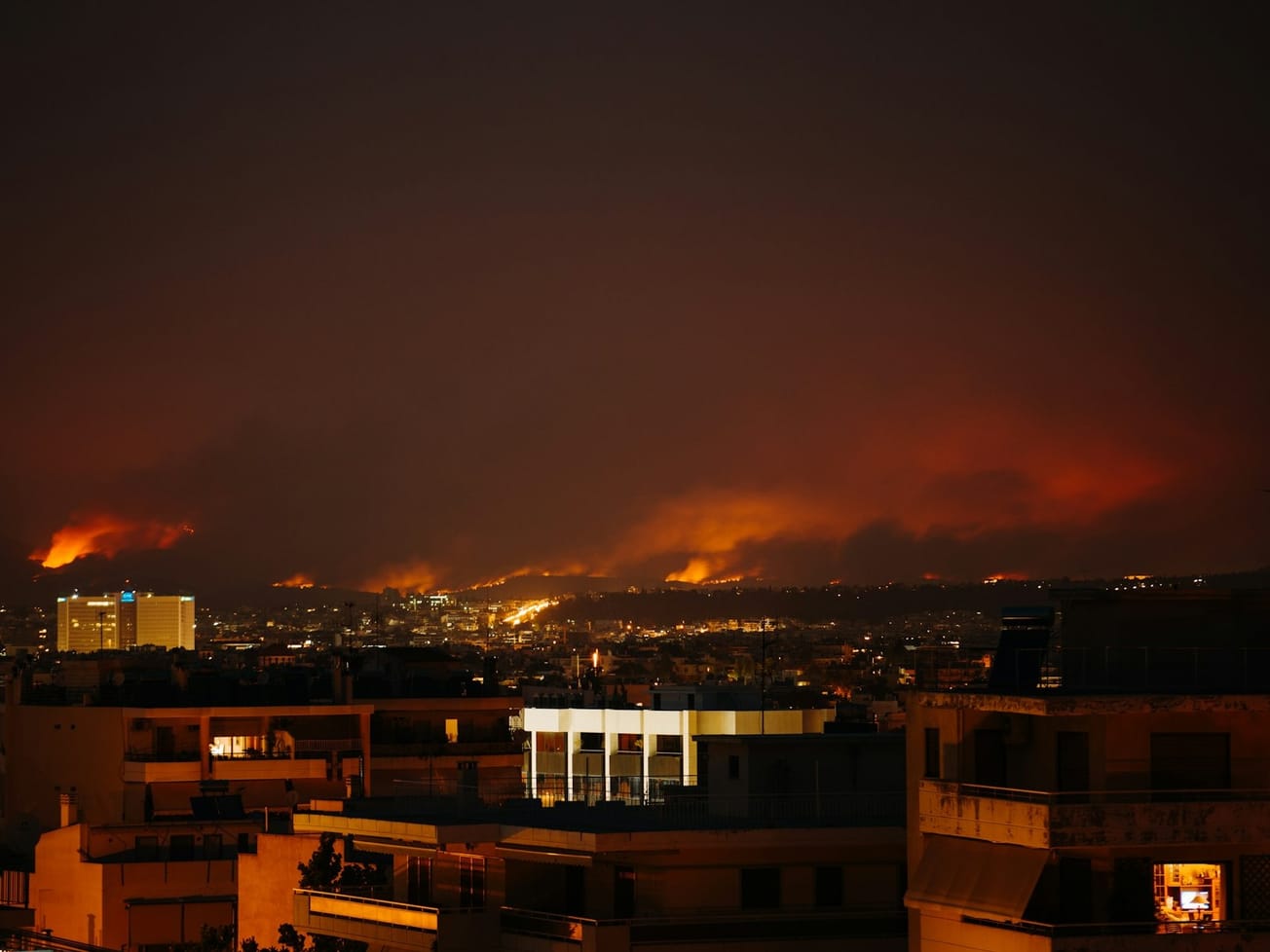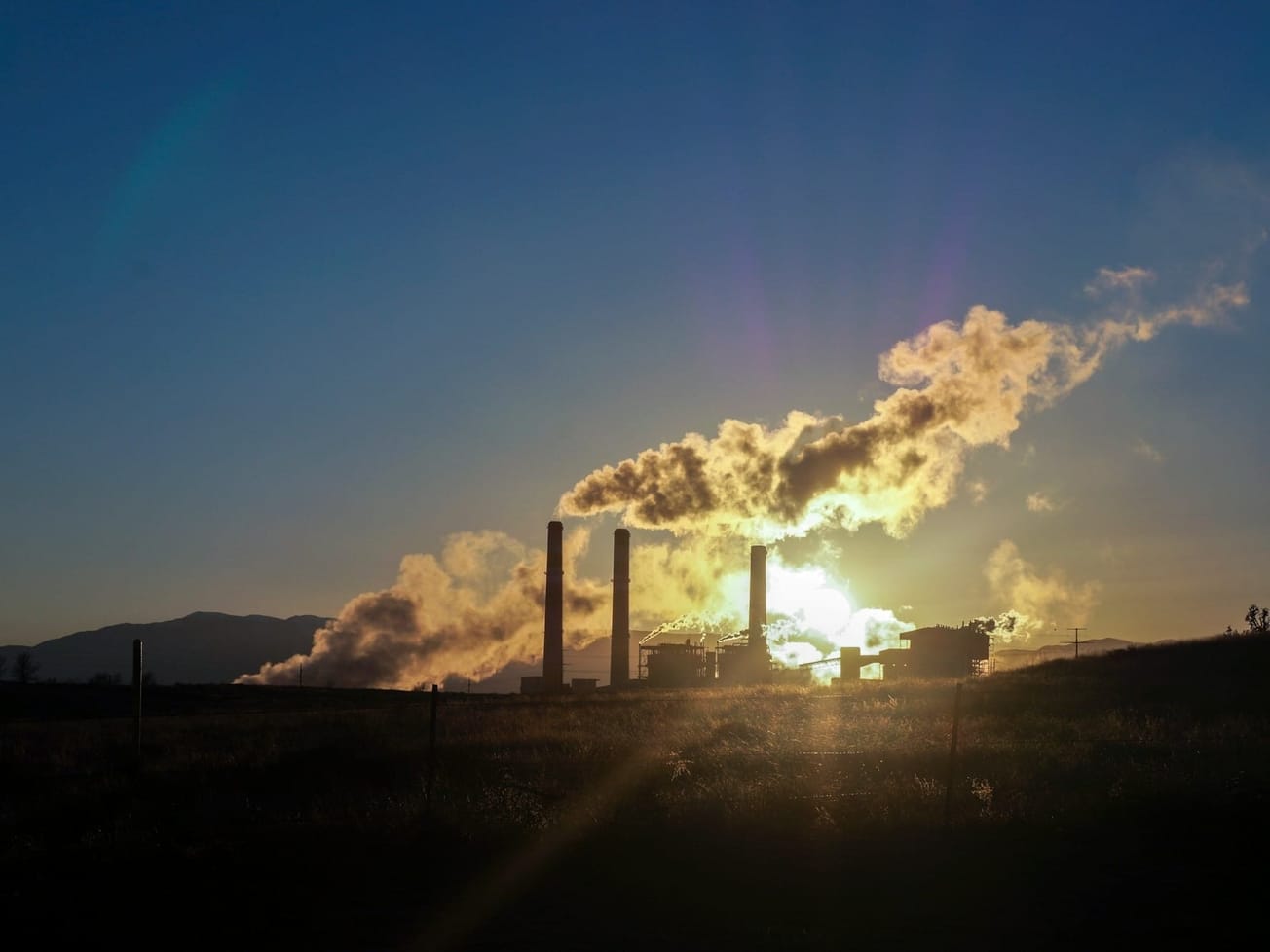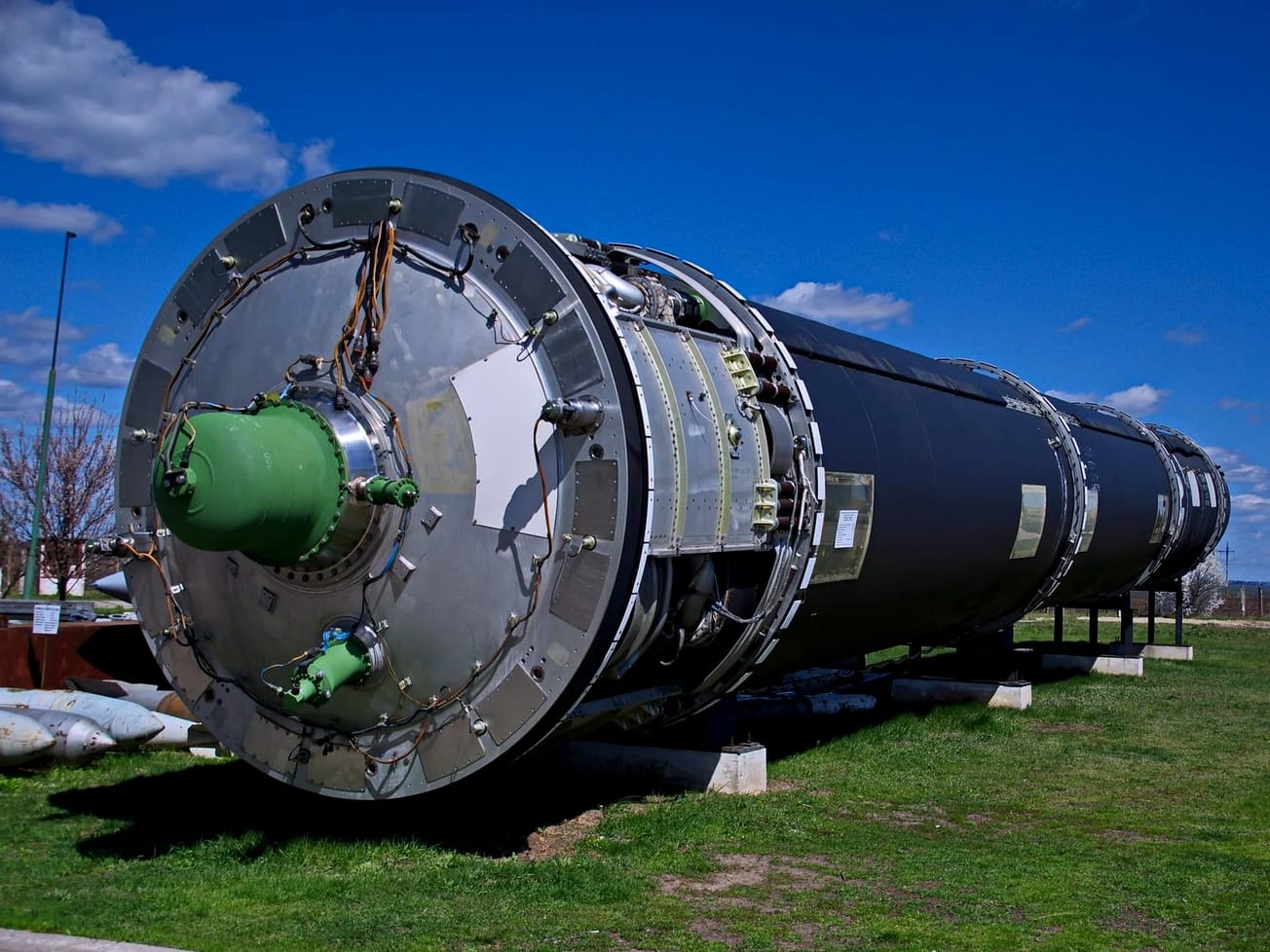GENEVA (AN) — Within the next five years the world has an almost 50-50 chance of temporarily surpassing the 1.5 degrees Celsius in warming beyond pre-industrial levels that the 2015 Paris Agreement aims to prevent, the World Meteorological Organization reported on Monday.
WMO said in a new climate update there is a 48% chance the world's annual average temperature between now and 2026 will be 1.5 degrees above the 19th century's pre-industrial levels — and a 93% likelihood that at least one of these years will also be the warmest ever. The record year remains 2016.
The update, based on the teamwork of 11 forecast centers around the world coordinated by the United Kingdom’s Meteorological Office, found the chance of temporarily exceeding the 1.5 degrees limit rose steadily since 2015, when it was negligible. For the five-year stretch between 2017 and 2021, it stood at 10%.
Exceeding the Paris treaty's minimum limit for a single year is the not the same as going past it for decades or more, which is what the treaty aims to prevent.
"A single year of exceedance above 1.5 degree C. does not mean we have breached the iconic threshold of the Paris Agreement, but it does reveal that we are edging ever closer to a situation where 1.5 degree C. could be exceeded for an extended period," said Met Office senior scientist Leon Hermanson, who led the report.
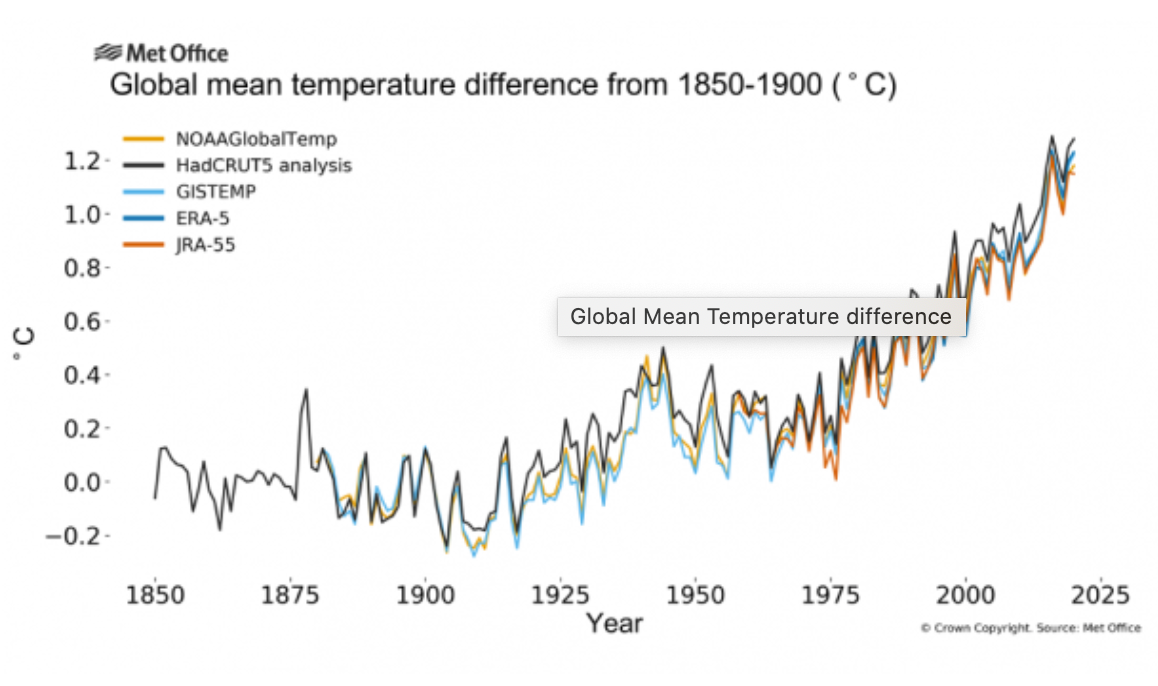
However, the probability that for the next five years there are almost half-half odds of reaching the 1.5 degrees threshold even for one year is a warning sign for climate negotiators, said diplomats and activists seeking more ambitious cuts in heat-trapping greenhouse gas emissions mainly from fossil fuel burning.
The Paris treaty’s goal is to prevent average global temperatures from rising more than 2 degrees above pre-industrial levels, or 1.5 degrees if possible — though WMO says the world already warmed by more than 1 degree, so the choice is between four-fifths or three-tenths of a degree more warming.
Nations also promised to give US$100 billion a year in climate financing so poorer economies can better adapt to rising temperatures.
"This forecast of a possible 1.5 degree C. year so soon after the Paris Agreement was adopted should encourage much stronger action to urgently tackle climate change," said Andrew King, a senior lecturer in climate science at Australia's University of Melbourne.
The Paris Agreement is about staying below 1.5 degrees C. global warming in the long term, but the fact we're so close to this and we have near record high GHG emissions shows we need much more progress on emissions reductions," he said.
The odds of at least one of the next 5 years temporarily reaching the #ParisAgreement threshold of 1.5°C have increased to 50:50.
— UN Environment Programme (@UNEP) May 10, 2022
In 2015 the chance was zero.
More from @WMO & @metoffice: https://t.co/wMkgoHVMcW pic.twitter.com/Oz5Rccz8kq
Not a 'random' goal
A second year of La Niña, a climate pattern in which winter temperatures are warmer than normal in the South and cooler than normal in the North, cooled global temperatures but only temporarily.
The five-year update calls for La Niña to end later this year or next, and says any development of the opposite climate pattern, El Niño, will bring unusually warm ocean waters that "would immediately fuel temperatures, as it did in 2016, which is until now the warmest year on record."
WMO Secretary-General Petteri Taalas said the update shows with a high level of scientific skill that the world is getting "measurably closer" to temporarily reaching the Paris treaty's lower target.
"The 1.5 degrees C. figure is not some random statistic. It is rather an indicator of the point at which climate impacts will become increasingly harmful for people and indeed the entire planet,” Taalas, a Finnish meteorologist, said.
“For as long as we continue to emit greenhouse gases, temperatures will continue to rise," he said. "And alongside that our oceans will continue to become warmer and more acidic, sea ice and glaciers will continue to melt, sea level will continue to rise, and our weather will become more extreme. Arctic warming is disproportionately high and what happens in the Arctic affects all of us."
In March, United Nations Secretary-General António Guterres said the world is “sleepwalking to climate catastrophe” as the COVID-19 pandemic and Russia’s war in Ukraine put the Paris treaty’s 1.5 degrees goal further out of reach.
“Well, there is no kind way to put it," he said. "The 1.5-degree goal is on life support. It is in intensive care."

